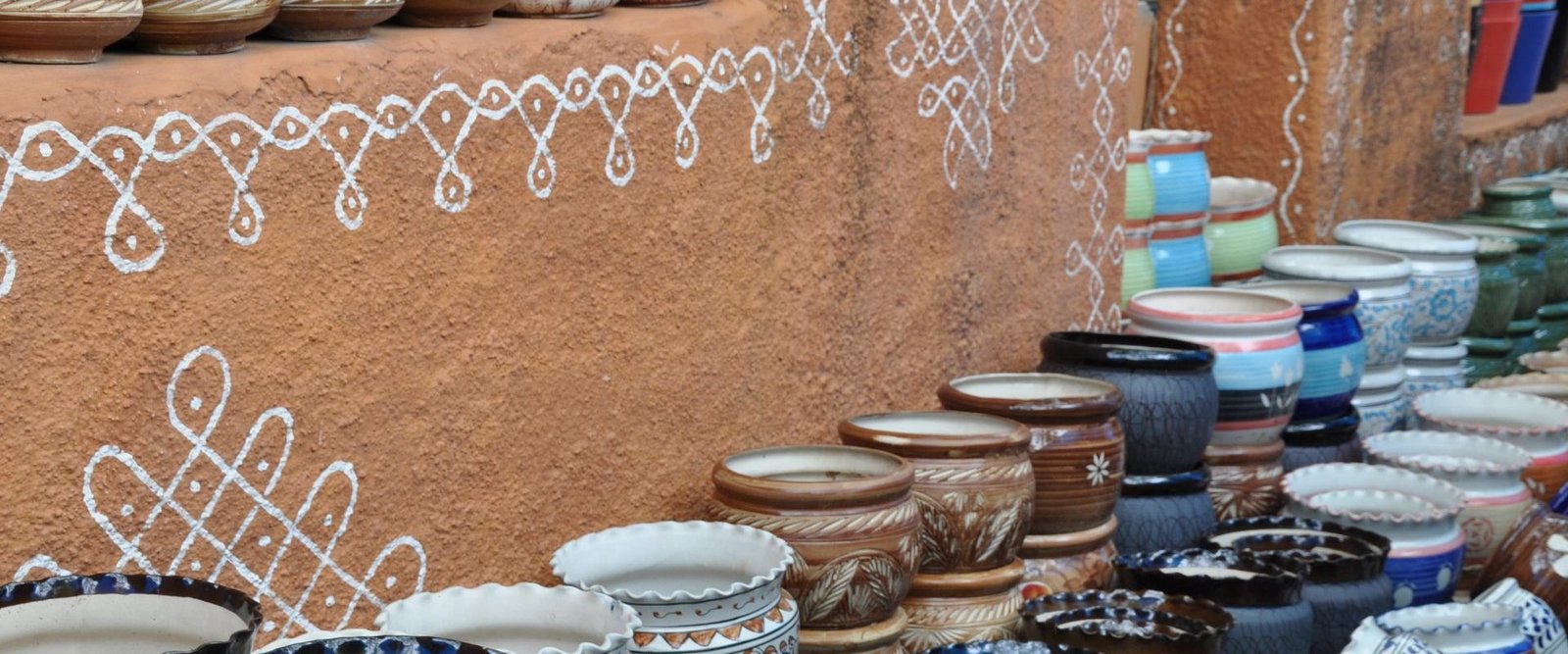Handicrafts, once considered outdated in the face of industrial mass production, are experiencing a resurgence in global markets. Handmade products, from weaving and pottery to woodwork and embroidery, are gaining popularity due to their authenticity, cultural value, and sustainability.

This revival is driven by consumer demand for unique, locally made products. Online marketplaces and social media platforms have made it easier for artisans to reach global audiences, increasing sales and preserving traditional skills. Governments and NGOs are supporting handicrafts through training programs, digital marketing assistance, and fair trade initiatives.
In countries like India, Bangladesh, and Morocco, handicrafts contribute significantly to local economies and tourism. Artisans, often from marginalized communities, benefit from sustainable income opportunities. Many also innovate by blending traditional designs with modern trends, making their products appealing to younger generations.
Despite these advances, challenges remain. Competition from mass-produced alternatives, inconsistent quality standards, and limited access to capital can hinder growth. Supporting artisans through policy, awareness, and ethical consumer choices can ensure the continued vitality of handicraft traditions worldwide.

